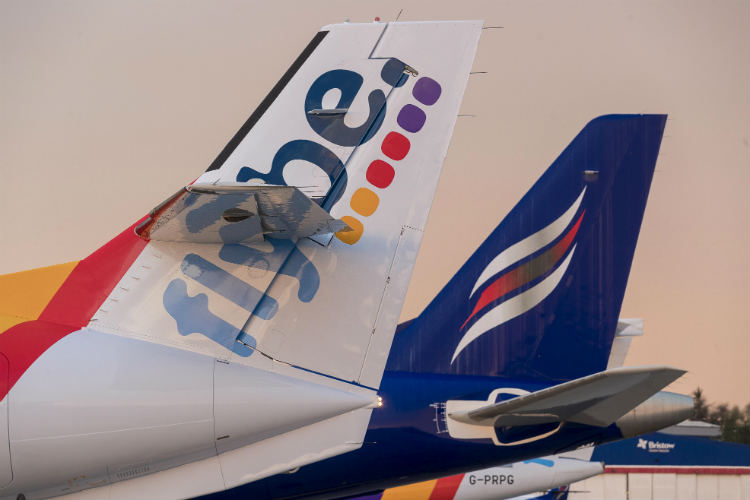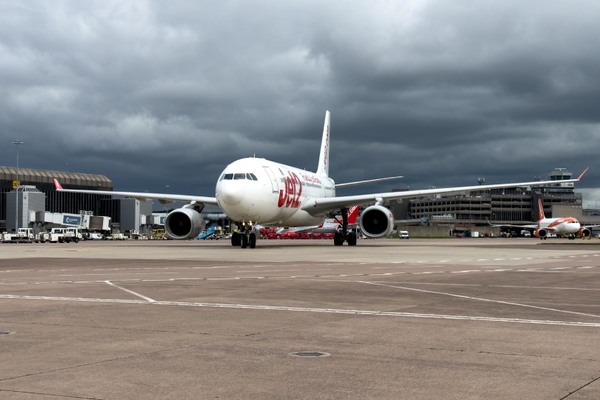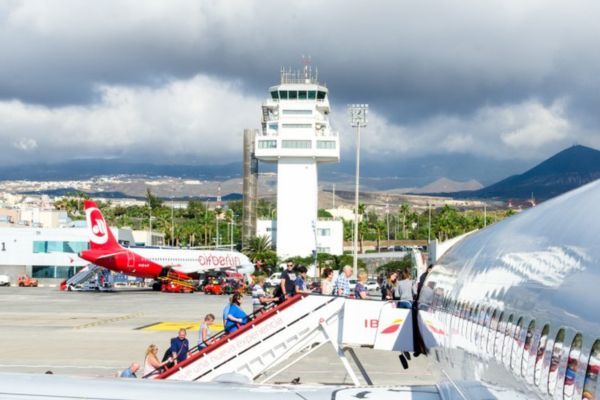Domestic bliss: could the UK crack down on internal flights?
 Gary Noakes
Gary NoakesFrance’s clampdown on domestic flights has been rubber-stamped by the EU and will come into effect sometime next year.
The idea sprang from the French government, which wanted a payback after bailing out Air France during the pandemic. It’s not a total ban, but means any destination within the country that can be reached by rail in two-and-a-half hours cannot by operated by an airline on environmental grounds.
That broadly translates to eight routes so far, although it’s a confusing picture. Services between Paris Orly and Bordeaux, Nantes and Lyon are prohibited because Orly is classed as a point-to-point airport and because journey times are short.
However, services to Paris Charles de Gaulle, which is linked to high-speed rail, will be permitted from Bordeaux and Nantes, because the journey time is more than two-and-a-half hours. The EU says further improvements to rail services mean air travel between Charles de Gaulle, Rennes and Lyon, plus Lyon-Marseille, will enable flights to be banned on these routes.
It adds the future impact will be to prevent the creation of air services for point-to-point traffic from the Paris region to 60% of the 40 biggest cities in France, because 24 of these are accessible by train from Paris in less than two hours 30 minutes.
So could anything like this happen in the UK? I don’t think so.
Firstly, we are an island nation, meaning the Scottish islands, Isle of Man and Ireland are dependent on regular air services.
Similarly, the hour or so flying time from Scotland to Heathrow cannot be matched by the – at best – four hours 20 minutes by train to central London. French high-speed trains zoom along dead straight tracks at 180mph. Ours don’t.
Moreover, tortuous cross country rail services mean routes like Birmingham-Aberdeen will always be in demand.
Some rail services have improved drastically, with Manchester-London being a notable example in the last decade or so, leading to a reduction in the number of flights to the capital.
In addition, passengers from airports like Manchester have learned there are easier way to connect than travelling to London – Dublin, Amsterdam and Frankfurt spring to mind.
Similarly, some of the sillier low-cost routes – Ryanair’s Stansted to Blackpool, for example – have already disappeared, never to return.
Many domestic routes are underpinned by corporate travellers, but there is a concerted effort by businesses to cut their carbon footprint. Microsoft Teams and the like means there are already fewer domestic flights than pre-pandemic, which ties in with the move towards greener travel.
Many firms are mandating rail travel within the UK unless circumstances do not permit it – like needing to do a day trip from London to Scotland, for example.
Because of this, there will always be a need for some domestic air routes. The UK government has perhaps already given the clearest sign it will not follow France’s example – it will halve the rate of Air Passenger Duty on domestic flights from 1 April next year.
This sends a poor signal to consumers about the environment, but if you are running a domestic airline, it looks like a green light to stay in business.
Gary Noakes is senior contributor and analyst at TTG.
Sign up for weekday travel news and analysis straight to your inbox

Gary Noakes
Supplier Directory
Find contacts for 260+ travel suppliers. Type name, company or destination.














